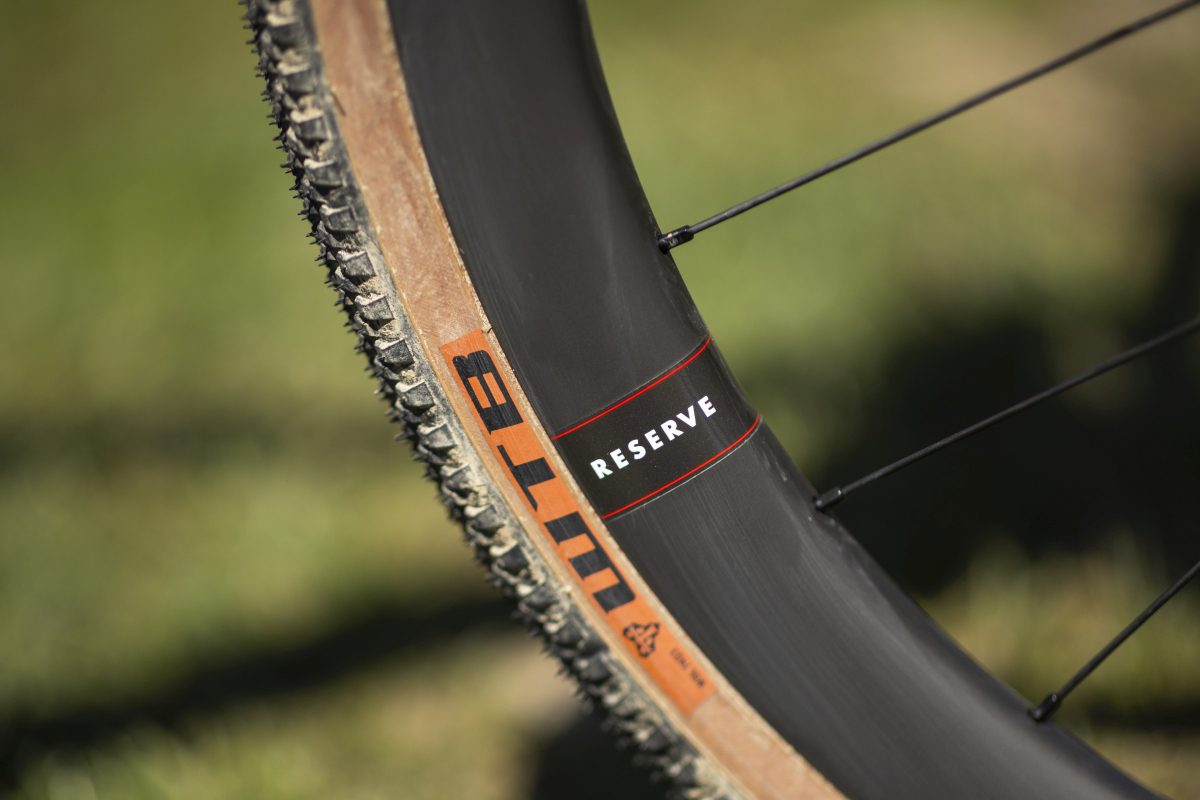First look at the new Cervélo Áspero
The frame is easier on your body, while making you faster
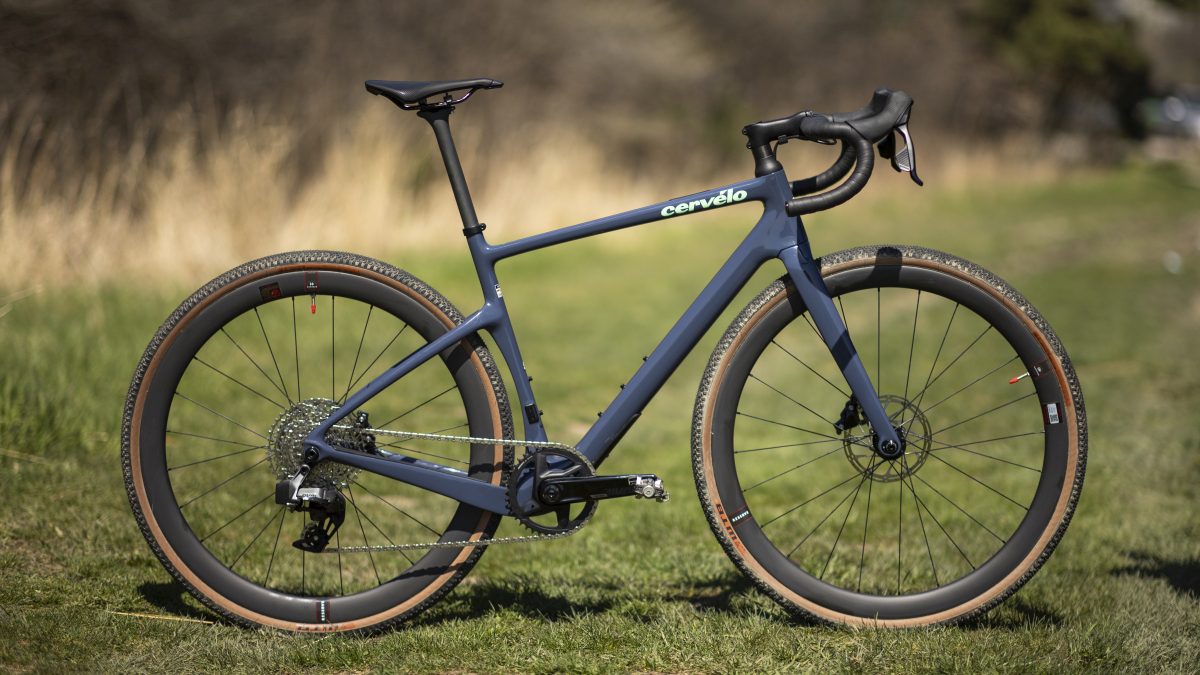 Photo by:
Nick Iwanyshyn
Photo by:
Nick Iwanyshyn
The new Cervélo Áspero is faster. Changes to the frame and (mostly) hiding the hoses have improved drag by 3 W. The bike has some other enhancements that come following feedback the company has gathered since the frame debuted in 2019. The new Áspero has more tire clearance. It also manages vibrations sent through its tubes better. The improved ride feel doesn’t come from any elastomers or mechanical solutions.
“What it always comes down to is what’s the fastest because that’s our ethos: to make riders faster,” says Maria Benson, director of product at Cervélo. “We believe adjusting carbon layups and the ride quality of the frame itself has a better benefit for a rider who is concerned about getting to the finish line the quickest than a widget or suspension system.”
What kind of gravel bike is the Cervélo Áspero?
If you look at the spectrum of gravel bikes—with fast, race-oriented rigs on one end and more comfortable bikepacking haulers on the other—the Áspero is firmly at the racing end of the range. While it has a few well-placed mounts, including two for a top-tube bag that comes with the bike, the frame is pretty modest in the attachments department, as you’d expect from a speedy setup. The fit of the bike lets you get into an efficient, watt-maximizing pedalling position. The handling is responsive on roads of all kinds and nicely nimble on trails.
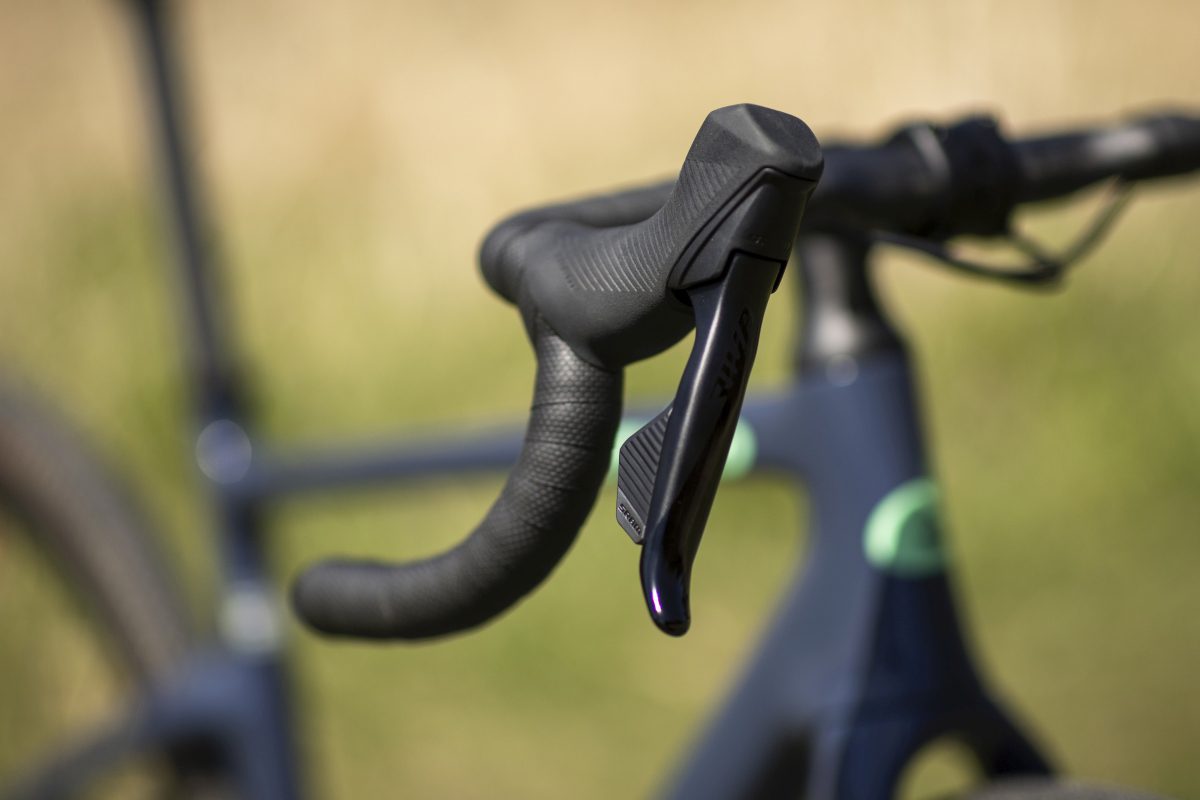
Changes to the Cervélo Áspero frame
While the new frame retains its focus on speed, it gains some features meant to increase your comfort on long, hard gravel rides. The down tube has a slimmer profile, adding compliance. The seatstays connect to a lower position on the seat tube. That modification exposes more seatpost and seat tube to add the kind of flex that keeps a rider more comfortable. (The lower seatstays can also add aero gains.) The top tube has more of a slope to it, creating a better standover height. The seat tube’s rear wheel cutout is more pronounced on the new Áspero.

The chainstays are 5 mm longer, bringing their length to 425 mm. Other than that change, the geometry figures on the new Áspero are the same as the old one: same head-tube angle, same seat-tube angle, same stack and same reach.
User-friendliness (a.k.a. home mechanic-friendliness) vs. aero
Compared with the original Áspero, the new model does a better job of hiding cables and hoses, but they are not completely out of sight. The bike comes with Cervélo’s ST36 stem. (It’s also spec’d on the company’s Soloist road bike.) On my Rival XPLR AXS 1 test bike, you can see the brake hoses run beneath the stem, where they’re held in place by a clip, before they continue into the frame through a space in the bearing cap. This design makes for a home mechanic-friendly setup: it’s easy to swap stems for fit and packing up the bike for travel is a little less cumbersome.

If you have an electronic groupset and you really want to put those hoses out of sight, and out of the wind, you can. The Áspero is compatible with Cervélo’s ST31 and ST32 stems, which route the cables internally. You’ll also have to spring for some additional hardware, such as the top cap and bearing cap for those stems, as well as their specific spacers. The result is a more aero front end and a more aggressive position; you can lower your fit by as much as 7 mm.
Finding the right fit
Let’s take another look at the spot where the hoses enter the frame, at the bearing cap. This bike has one that’s 30-mm tall. There’s also a 14 mm one. The smaller one can accommodate 10 mm of spacers, while the longer one can handle a maximum of 52 mm of spacer stack. The whole arrangement makes for a good range of fit options. I left the fork’s steering tube as-is, so I ran the 30 mm cap with 20 mm of spacers. It all put me only a smidge higher than my regular setup.
The 90-mm stem that comes with the size 54 bike sets me in a more compact position. That fit, however, isn’t far off from the R5 I’ve ridden. The Áspero’s top tube is longer than its road bike siblings—in many cases, 10 mm longer. To keep the fit and feel close to the road rigs, the Áspero comes with a stem that is generally 10 mm shorter than the one on the equivalent size of R5 or S5.
Tire clearance
The old Áspero had clearance for 40-mm wide tires. Still, things were a bit too tight. Mud buildup could damage the paint on the frame easily. With the latest model, Cervélo designed the bike around 42-mm wide treads. With such a tire, there’s about 7 mm of clearance around the narrowest spot on the frame—between the chainstays. At the fork, there’s 9.3 mm of clearance. While the bike is optimized for 42-mm tires, you can go as wide as 45 mm and still have around 6 mm of clearance in the chainstay area, which is 57 mm. With 650b hoops, there’s space for 47-mm wide tires.
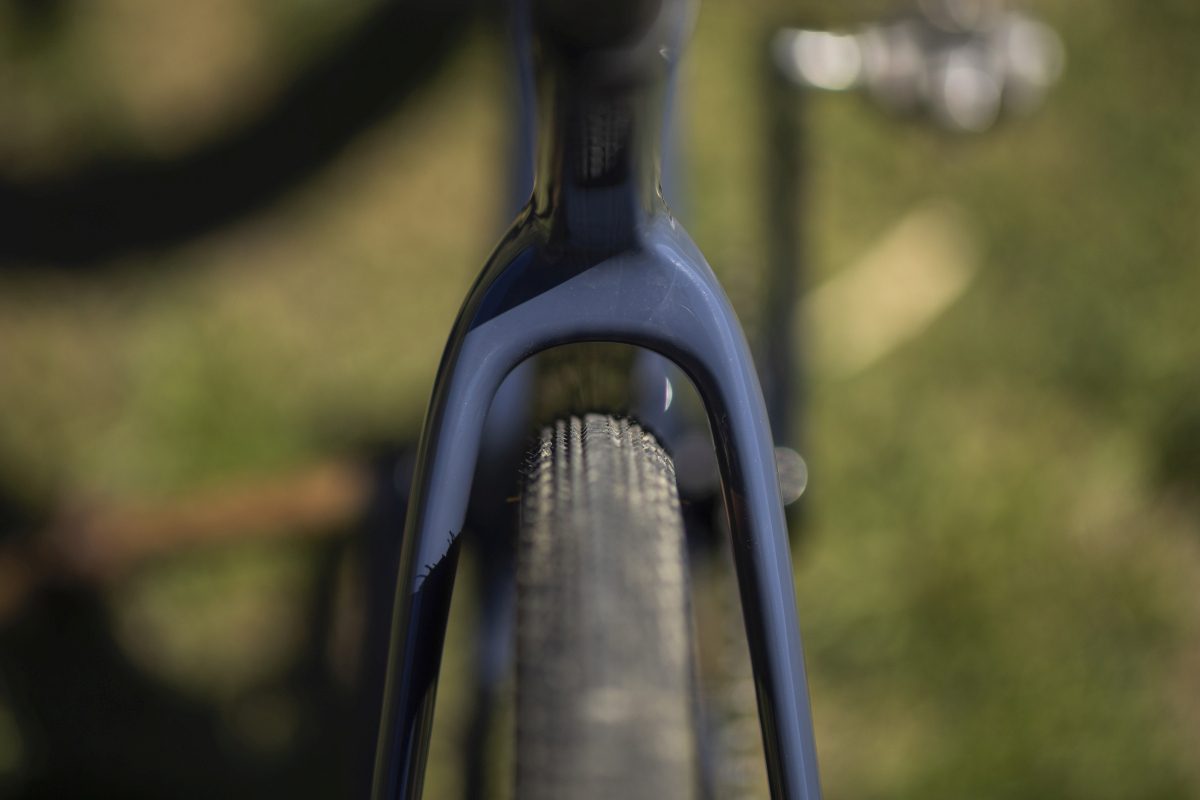
The TrailMixer
Like the original Áspero, this bike comes outfitted with the TrailMixer, flip-chips at the front fork that can change the axle’s position by 5 mm. If you are running 700c wheels, the forward position of the TrailMixer makes for less trail and quicker handling. If you flip the chips to their rewardward positions, the bike gets more trail and more stability. I’m a fan of the forward position.
The TrailMixer also keeps trail figures consistent when you use 650b hoops. Cervélo figures the magic number is 62 mm. That trail measurement makes for a gravel bike that handles pretty close to a road machine. With a 700c wheel, the trail is 62.4 mm. With a 650b rim, the trail is around 57.2 mm.
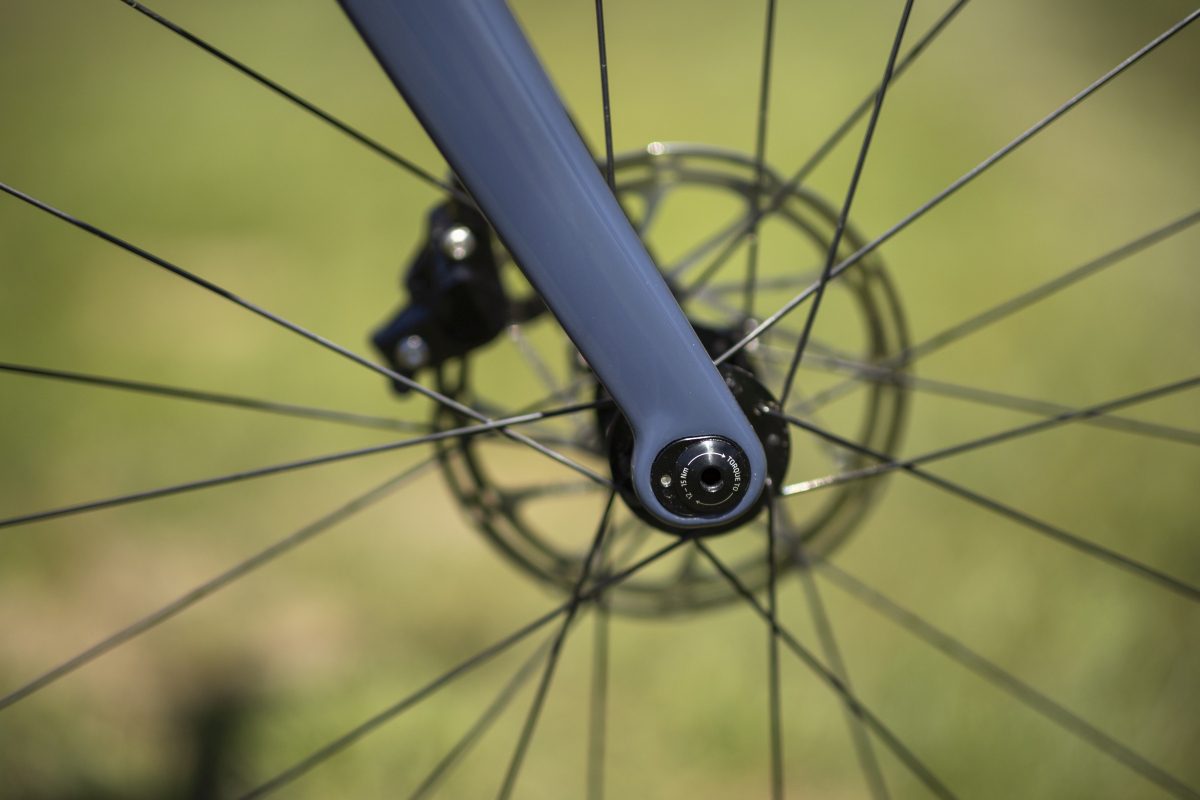
The (kinda) new bottom bracket
The BBright T47A bottom bracket is new to the Áspero, but not new in the Cervélo lineup as it’s on the R5-CX and Soloist. The T47A features an outboard bearing on the drive side and one within the frame on the non-drive side. This configuration allows Cervélo to address the asymmetrical forces that are at work on a bicycle. The non-drive side chainstay is thicker to balance the stresses coming from the opposite side. The bike also benefits from the threaded connection that a T47 uses, making for a stiff, secure and creak-free component.
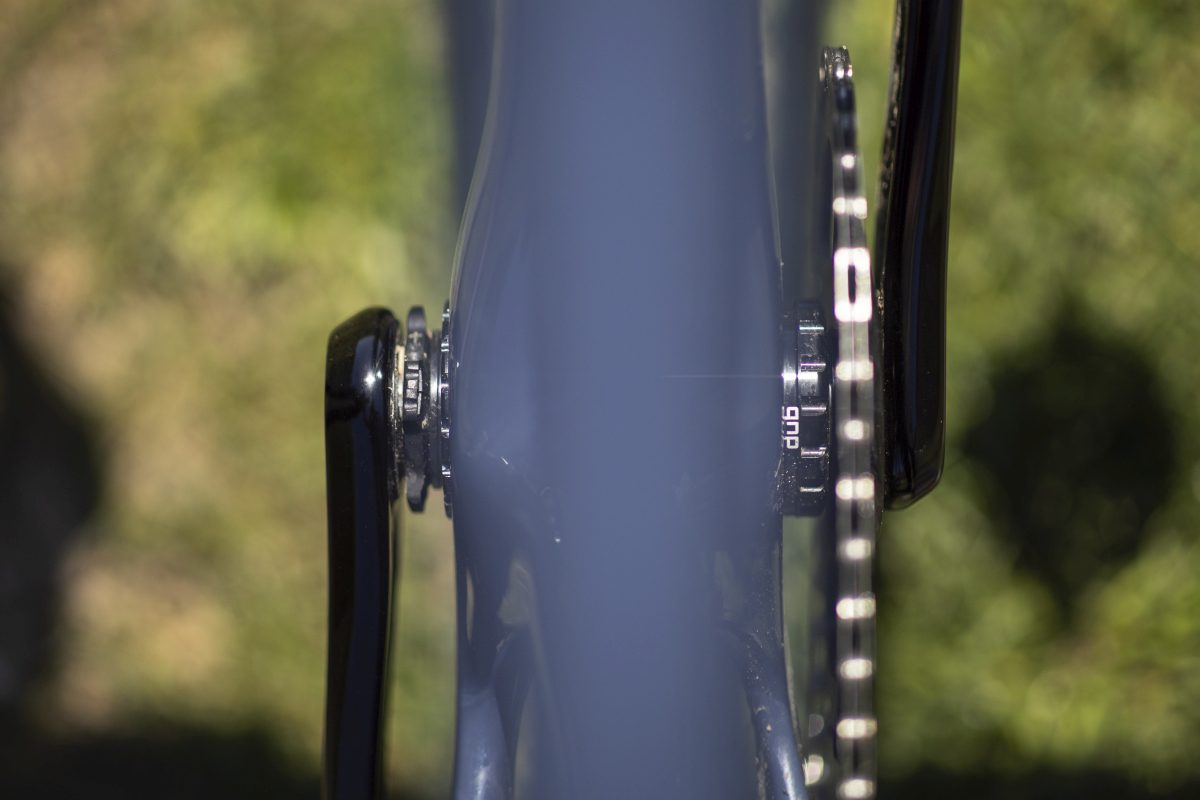
Other notable spec on the Cervélo Áspero Rival XPLR AXS 1
The Rival XPLR AXS 1 build is one of the top dogs of the latest batch of Áspero models. (The GRX RX820 is the other.) It comes with a wireless rear mech that moves the chain across the XPLR 10-44 tooth cassette. The frame uses the Universal Derailleur Hanger (UDH) standard, so you can try to rig up a mullet drivetrain with a Transmission derailleur.

The chainring is 40-tooth. With a SRAM Wide crankset in one-by, you can put on a 52-tooth ring. On a two-by setup, 52-tooth is as big as you can go.
As with the previous Áspero, the new one has a round, 27.2-mm-diameter seatpost. It’s dropper-post compatible.
The wheels are by Reserve, which is essentially Cervélo’s wheel brand. They have a depth of 40 mm in the front and 44 in the back. These figures are all in the service of cutting through the wind efficiently. They also have different internal rim widths: front: 25.5 mm; rear: 25 mm. When the 40c WTB Vulpine tires are mounted, they have a 40-mm width at the front and 39-mm width at the rear.

The complete bike weighs 8.43 kg.
Cervélo Áspero accessories
The bike comes with some smart accessories, such as a bell. Yup, the little ringer hits a nice note that can alert people on the trail ahead. Also, your local laws probably require one. Other great additions are the computer/light mount and the top-tube bag.
Prices for Cervélo Áspero models
| Cervélo Áspero model | Price |
|---|---|
| Áspero Rival XPLR AXS 1 | $7,400 |
| Áspero GRX RX820 | $5,700 |
| Áspero Apex XPLR AXS 1 | $5,900 |
| Áspero Apex XPLR 1 | $4,350 |
| Áspero GRX RX610 | $4,650 |
| Áspero GRX RX610 1 | $4,300 |
| Áspero frameset | $3,500 |
You can find the full specs and geometry at Cervélo’s main Áspero page.
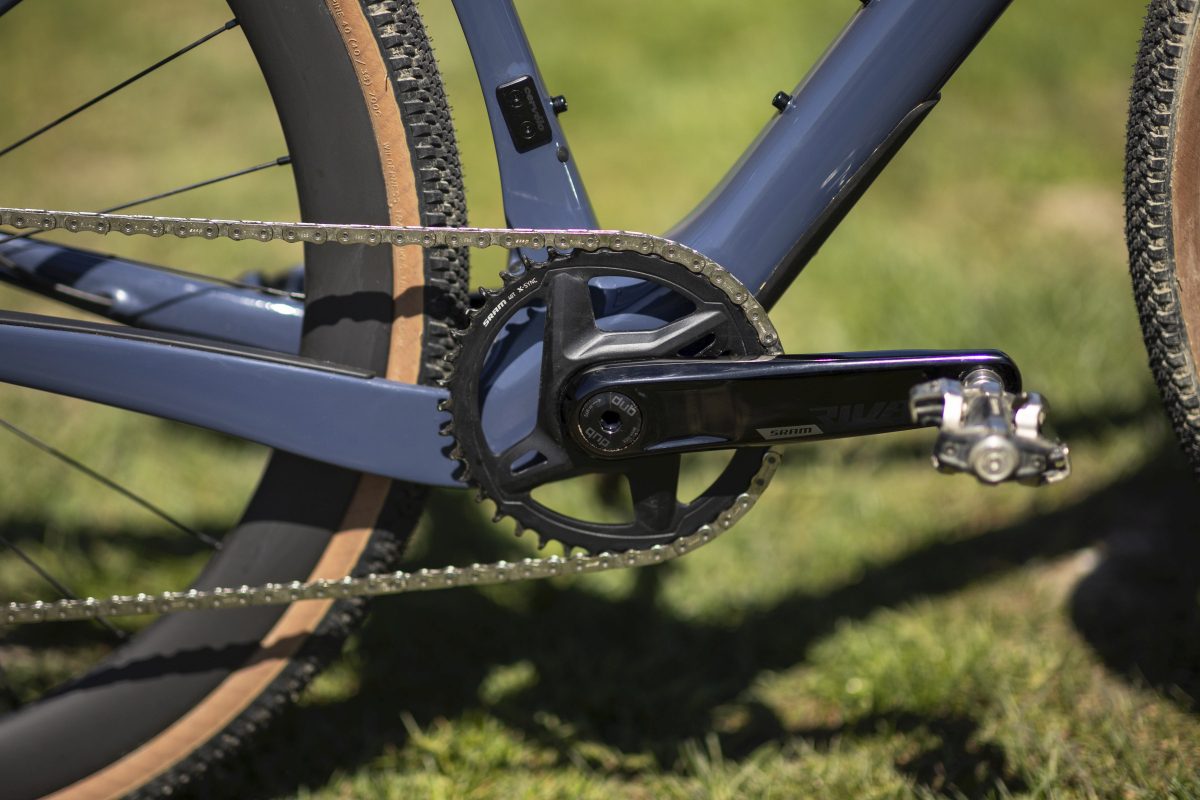
First ride imperessions of the Cervélo Áspero
Since the geometry of the new Áspero is pretty much the same as the old one—and I liked the old one plenty—I do enjoy the ride. The steering is nicely reactive. On flat sections of road, whatever the quality of the surface, I can get into a position that feels efficient and strong. While the handling is roadie-centric, I find the Áspero is better on trails than my own gravel bike, which has a similar bias with its geometry. I think the Áspero balances the need for speed on straightaways nicely with the agility you want when the route gets twisty.
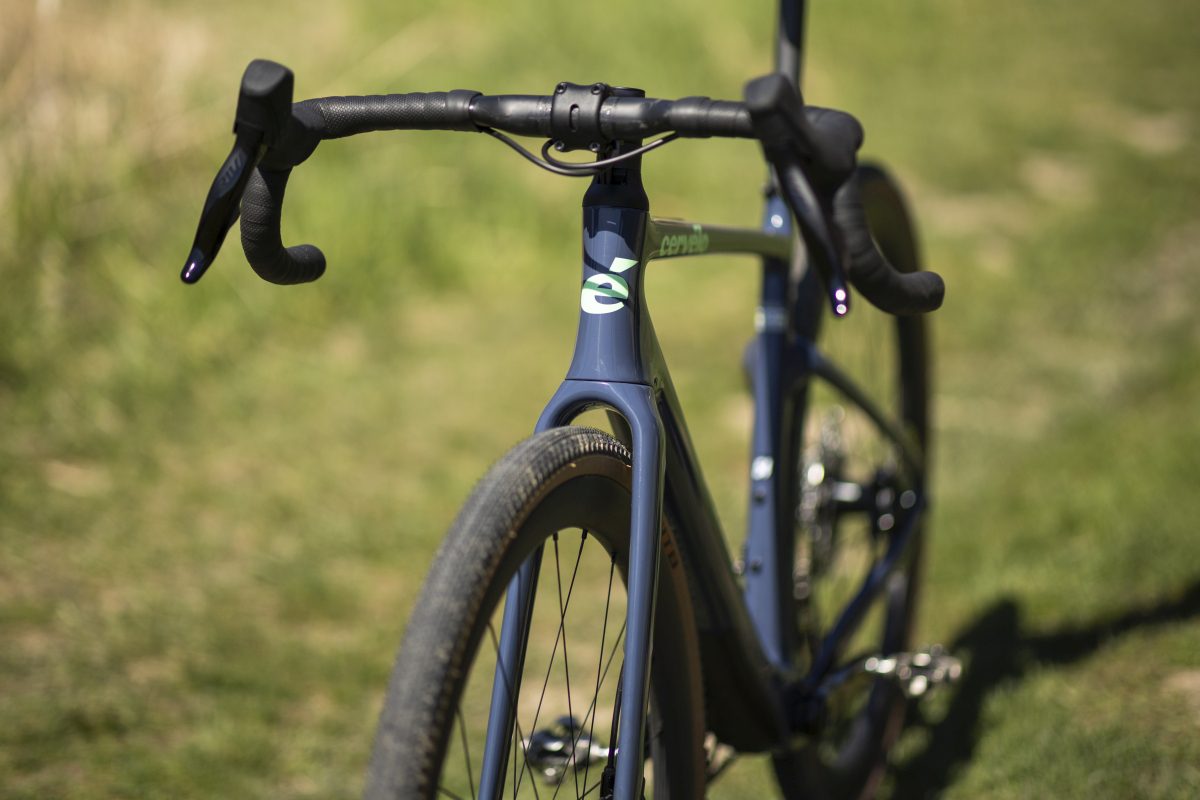
I’ve done a few solid rides on the Áspero on a variety of routes. What I still have to explore is how the features aimed at comfort perform. They’re tricky to isolate as the amount of air in the tires has a more noticeable effect on managing road vibrations. Benson agrees. “It’s really hard to feel those things unless you’re spending a lot of time on the bike,” she says. “We have athletes who have been riding the bike at Unbound Gravel for 200 miles. Their feedback is valuable, but it’s harder to quantify unless it’s on a test machine.” Cervélo has in-house machines that do test the compliance they’ve engineered into the frame.
My own testing will be more rides, longer ones so that I can see—no, feel—how those subtle changes using only the carbon-fibre layup and tube shapes will perform on rough surfaces.


